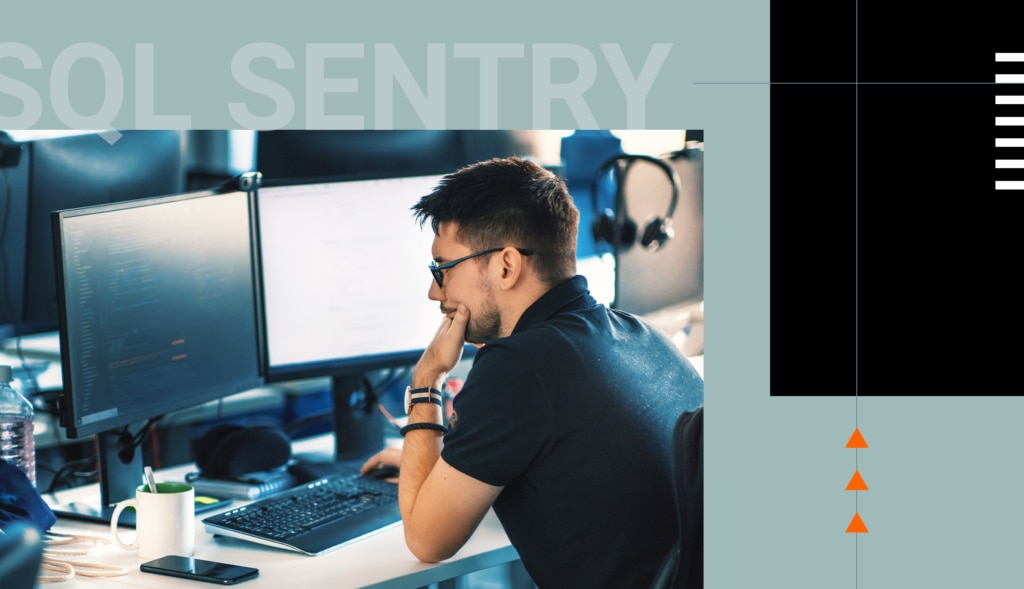In my first post, I talked about how SQL Sentry has taken shape over the years. Now we announced SQL Sentry 2023.3, and a lot is changing.
In the past, customers could only work with SQL Sentry through an installed, Windows-based client. It’s a feature-rich interface with access to everything you need with no limit to how many users install it. But we heard our customers; they wanted a web-based interface with a simplified user experience. SQL Sentry began work on a web Portal and major enhancements have continued since 2015 as we work toward reasonable parity with the installed version.
Achieving a simplified user experience
Today, not only is it simpler to share the analysis SQL Sentry provides with a URL versus an installation executable, but it’s even easier to achieve visibility across your entire environment, identify instances in most need of attention, and spot servers trending in the wrong direction. This puts you in an even more proactive situation to diagnose SQL performance issues before end users notice.
The web Portal in its entirety isn’t yet at parity with the installed Client, but the most popular features are already available, such as the Performance Analysis Dashboard for SQL Server, Azure SQL DB, and VMware ESXi hosts. Also available are the Top SQL, blocking SQL, and deadlocks views. Our comprehensive disk monitoring is a recent addition, including our machine learning based storage forecasting.
We are also modernizing the look and feel while continuing to add your favorite features to the Portal. Keep an eye out for each new release as you’re likely to see continuous enhancements with this interface.
DPA and SQL Sentry, better together
I’m sure many of you asked, as I did, when first hearing about SQL Sentry joining SolarWinds, “What about DPA? Is one of them going away? Are they merging into one product?”
When I first learned SQL Sentry was joining SolarWinds I was excited. Having worked in this industry for as long as I have, I was already familiar with DPA. Some were confused because they thought SQL Sentry and DPA directly competed, but I immediately saw the opportunity. DPA supports multiple platforms beyond SQL Server - Oracle, PostgreSQL, and MySQL. DPA is also a unique solution in supporting data professionals compared to SQL Sentry. DPA and SQL Sentry would complement each other far more than compete because there is very little true overlap between products. I already knew customers who were using both products before the acquisition.
Now SQL Sentry is our premiere solution for dedicated data professionals working with the Microsoft Data Platform, the best features you may have seen in DPA for SQL Server will develop in SQL Sentry.
SQL Sentry has always collected and displayed server-level wait statistics. We have now added the query-level waits to the top SQL view in the Portal, the cornerstone of DPA functionality.
Without writing an entire novel about everything new in SQL Sentry, I want to add other enhancements we’ve made since the SolarWinds acquisition that are my personal favorites. These are probably my favorites as they mirror our customer’s journey and our efforts to increase the software’s value.
- Portal Enhanced Custom Dashboards
- Distributed Availability Group Support
- Enhanced Failover Cluster Instance support
- Blocking support for Amazon RDS
- Generic Webhooks Support
- SQL Agent Job support for RDS for SQL Server
- Support for SQL Server 2022
As the technology of our industry continues to evolve, SQL Sentry and SolarWinds, together, are better positioned to evolve with and provide incredible value to the data professionals they serve. Add SolarWinds Observability SaaS (formerly known as SolarWinds Observability), and it’s hard not to be optimistic about the future. Bringing together cutting-edge features across major on-prem, cloud-native, and open-source data platforms unlocks amazing potential for us moving forward, and I’m excited to be part of it.



